
views
X
Trustworthy Source
Cleveland Clinic
Educational website from one of the world's leading hospitals
Go to source
If your symptoms persist, it's a good idea to see an optometrist or ophthalmologist for a complete eye exam.
Environment Adjustments
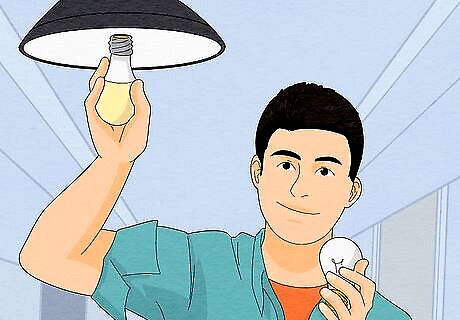
Change your lighting. Turn off any harsh lights, extra lights, or fluorescent light bulbs. These can make your eyes work harder to adjust and long exposure to bright light will overstimulate your eyes and body. Create a comfortable lighting environment by changing your bulbs to soft/warm varieties. Use dimmer switches to adjust the level of lighting, which can then be personalized by everyone in your household. Natural lighting can cause a glare on the computer monitor, increasing eyestrain. Be sure to use an anti-reflective screen to reduce glare.
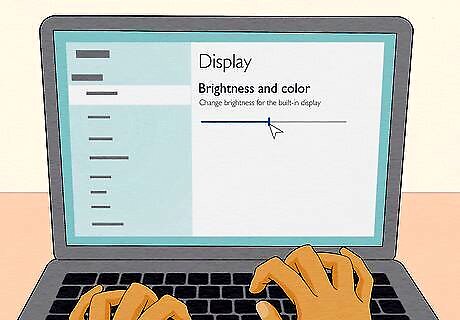
Adjust your monitor's glare, brightness, and contrast. If you work or study for long periods of time in front of a computer monitor or screen, make sure the monitor is not too close to your eyes—keep it 16 to 30 inches (41 to 76 cm) away. Adjust the settings for brightness and contrast until you're comfortably viewing the screen. Reduce glare with a glare reduction filter or by closing blinds or drapes.

Try computer glasses. Lenses designed for computer use are progressive and can help you focus on a screen without straining your eyes. Talk to your eye doctor about getting a pair to reduce your eye strain. Unfortunately, there’s no evidence that blue-light-blocking glasses are effective for reducing eye strain.
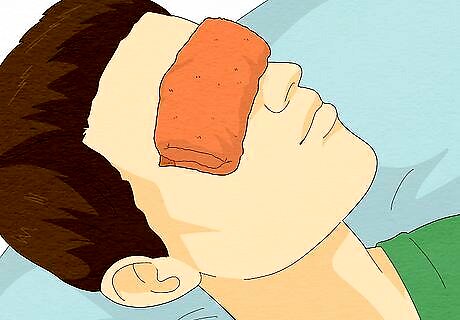
Hold a warm compress over your eyes. If your eyes feel itchy or irritated, a warm compress might soothe them. Soak a clean washcloth in warm water and wring out the excess. Lay the cloth over your eyes for a few minutes to get some relief. Try this daily to see if it helps.
Dry Eye Relief
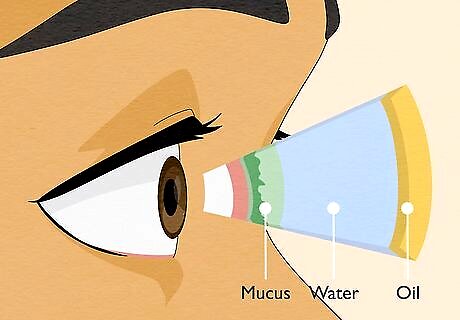
Understand how tears moisturize your eyes. A major cause of eye strain is dry eyes. Tear film is made up of 3 layers: oil/lipid (fat), water, and mucus. A problem with any of these layers can cause dry eyes. Once you understand what each layer does, you can narrow down potential problems that are causing your dry eyes. The parts of the tear film have the following functions: Mucous layer: This lowest layer is the base and keeps tears in your eyes so they don't spill out. Water layer: This middle layer cleans your eyes. Oil/lipid (fat) layer: This outer layer is smooth and prevents tears from drying too fast.
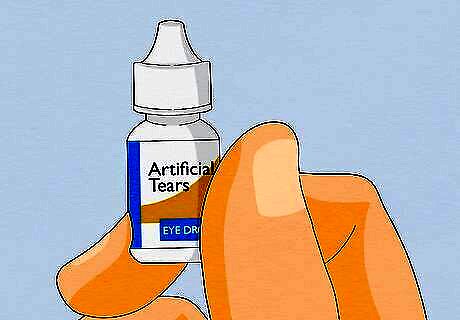
Use artificial tears. If your eyes feel dry after reading, knitting, or staring at the computer for a particularly long time, try an artificial tear product. There are many brands available, and you may need to experiment to find the right type for you. Preservative-free drops can reduce the risk of allergy or sensitivity of already dry eyes.
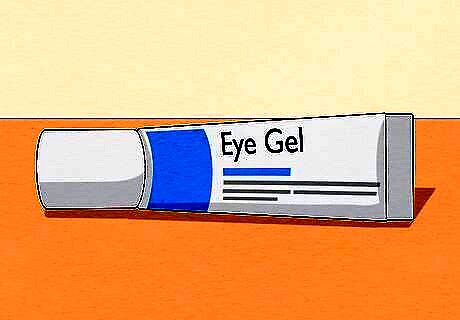
Try a gel or ointment. Gels and ointments may work better than artificial tears. Ask your ophthalmologist or pharmacist to suggest a product that will treat your symptoms. Typically, you’ll apply gel drops throughout the day, or an ointment at night, to relieve dry eyes.

Add humidity to your environment. Dry air can contribute to dry eyes. Get a humidifier and place it next to your desk to help add moisture to the air. This is especially useful if you live in a cold climate and use a heater often. Keep the humidity level in your home between 30 and 50%.
Prevention

Protect your eyes from things that dry them out. Avoid exposing your eyes directly to air, like a car heater, hair dryer, or air conditioner. Point vents away from you and wear wraparound sunglasses outside. Protecting your eyes can keep moisture in them.

Eat more foods with Omega-3 fatty acids. Since tears are made up of water, mucous, and fat, increasing oils and water can moisturize your eyes. Omega-3 fatty acids have been shown to help tear integrity, increasing tear stability.
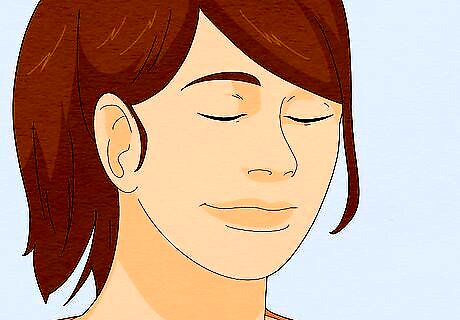
Blink often. Blinking helps freshen your eyes by spreading tear film evenly throughout your eye. This can relieve eye strain due to dry eye. It's especially important to remember to blink if you focus on a computer screen or monitor for much of the day. Blinking every time you remember to, or remembering to take a break every 15 minutes can help relieve eye strain symptoms. Every 20 minutes, focus on something 20 feet (6.1 m) away for 20 seconds to reduce eye strain.
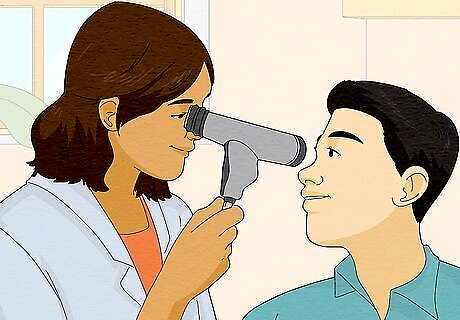
See an ophthalmologist if home treatments don’t help. If you aren’t getting relief from OTC products, you have chronically tired eyes, or have alarming symptoms along with fatigued eyes, make an appointment with an eye doctor. They’ll be able to determine the cause of your eye strain and diagnose any eye-related conditions that may be contributing to it. They can also prescribe stronger drops or ointments, as needed.




















Comments
0 comment